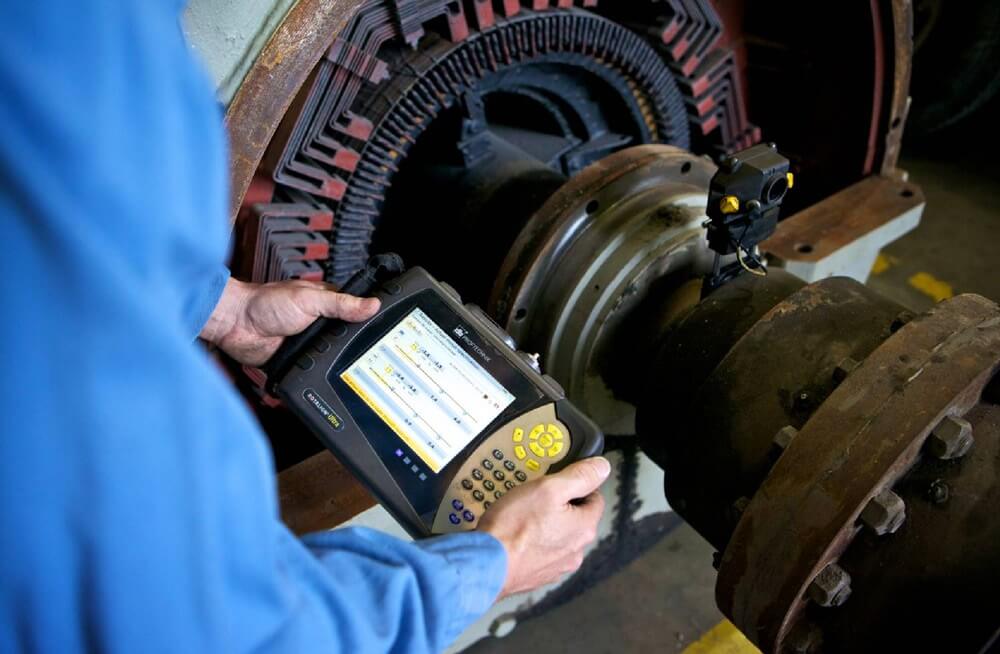What is MTTR? Best Practice to Improve MTTR in Maintenance Management
Mean time to repair (MTTR) is a metric that is used to measure the average time it takes to repair a system or piece of equipment after it has failed.
MTTR includes the time from when the failure occurs to when the system or equipment is fully functional again. Which includes the time it takes to detect the failure, diagnose the issue and fix the problem. MTTR is an important metric to monitor because it evaluates the availability and reliability of systems and equipment, the severity of incidents, and the efficacy of repair efforts. A high MTTR can result in significant unplanned downtime. By tracking MTTR, organizations can identify areas where they need to improve their processes, identify trends in failures and make decisions about how to optimize their maintenance strategies.

MTTR Calculation Formula
Mean time to repair (MTTR) is calculated by taking the total repair time resulting from a particular failure and dividing it by the total number of repairs that are performed during a specific period. The MTTR formula is:
MTTR formula:
MTTR = Total time spent on repairs / Number of repairs
Let's say a company's manufacturing line experienced mechanical failures that resulted in three hours of repair time before the issue was resolved. During the same month, there was a total of two repairs made to the equipment due to various issues.
MTTR = 3 hours / 2 repairs = 1.5 hours
Benefits of Measuring MTTR
Measuring mean time to repair (MTTR) offers various benefits to organizations, especially in understanding, optimizing, and improving their maintenance and repair processes. Here are some of the primary benefits:
- Performance benchmarking: MTTR provides a standardized metric that organizations can use to benchmark their maintenance performance over time or compare against industry standards or competitors.
- Efficiency evaluation: By monitoring MTTR, companies can gauge the efficiency of their maintenance teams and procedures. High MTTR can indicate inefficiencies or areas that need improvement.
- Resource allocation: Understanding MTTR can help in allocating resources more effectively. If certain equipment consistently has a high MTTR, it might need more technicians or specialized tools.
- Uptime maximization: Reducing MTTR directly correlates with increasing equipment uptime. By identifying and addressing the factors that prolong repair times, organizations can boost their operational availability.
- Cost savings: Longer repair times often equate to higher costs, whether from labor, lost production, or other associated expenses. By striving to reduce MTTR, organizations can realize substantial cost savings.

Challenges of Measuring MTTR
- Varying definitions: MTTR can be defined differently across organizations. Some may start the clock when an incident is first reported, while others might begin when the technician first engages with the issue. This variance can make benchmarking and comparisons difficult.
- Inconsistent data collection: Reliable MTTR measurements require consistent data collection methodologies. If data is collected haphazardly or if some incidents are not logged, the MTTR value can be skewed.
- Multiple failures: If a piece of equipment experiences multiple, concurrent failures, determining a clear start and end time for each repair can be challenging. This can complicate the calculation of MTTR.
Best Practices for Improving Mean Time To Repair
- Segment MTTR calculations to identify opportunities for improvement: Look at your MTTR data for specific locations, types of assets, or periods of time. This will help you establish a baseline and pinpoint areas where incremental changes will make a big impact.
- Optimize your spare parts management and asset inventory management processes: Taking these steps will ensure your team always has access to the resources it needs
- Use condition-monitoring sensors to track asset health and performance: Technology for real-time monitoring can help your team take a more proactive approach to maintenance while also speeding up the diagnosis and troubleshooting processes.
- Streamline your repair processes: Establish and document clear standard operating procedures and checklists to guide team members through maintenance tasks
- Emphasize proper training: A well-informed team is an efficient team. Ensure that training programs prepare everyone to play their essential role. Fostering open communication and building a culture of continuous improvement will ensure assets stay highly maintainable throughout their full lifecycle.
- Implement a CMMS: With workflow automation, real-time performance tracking, and more, CMMS platforms simplify the transition from reactive to preventive maintenance.
READ MORE: What is MTBF? How to Optimize Manufacturing Maintenance & Efficiency with MTBF
Other Types of MTTR
Though Mean Time To Repair is the most common definition of MTTR used by maintenance professionals, you may encounter other metrics known by the same acronym.
- Mean Time To Recovery: This metric tells you how quickly you recover from breakdowns and outages. It offers a high-level overview of your repair and recovery processes’ effectiveness. It does not, however, help identify the root cause of equipment failures.
- Mean Time To Resolve: This type of MTTR includes the time spent helping ensure a problem does not happen again. It is often used in IT, DevOps, and cybersecurity contexts.
- Mean Time To Respond: Tracking this type of MTTR can help you identify bottlenecks in your incident management process. If response times are especially high, you may have issues with your alert system or your team’s workflow.
